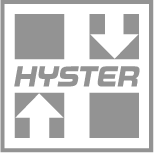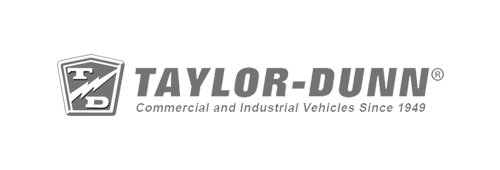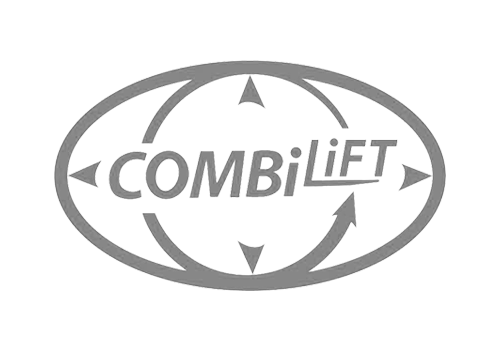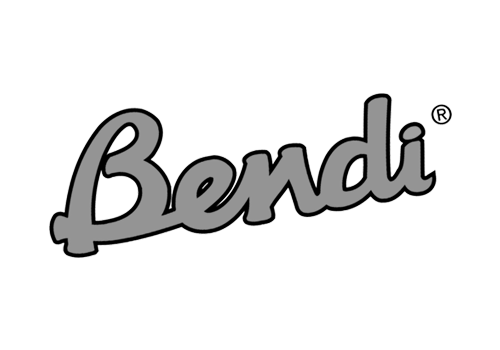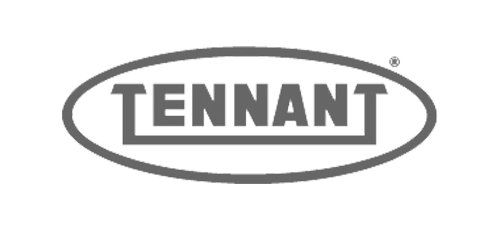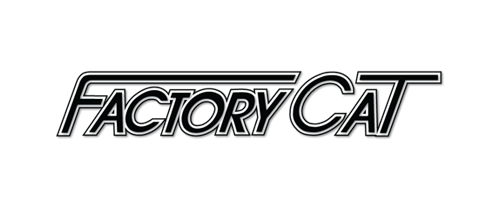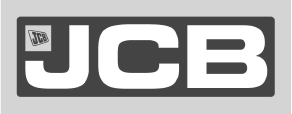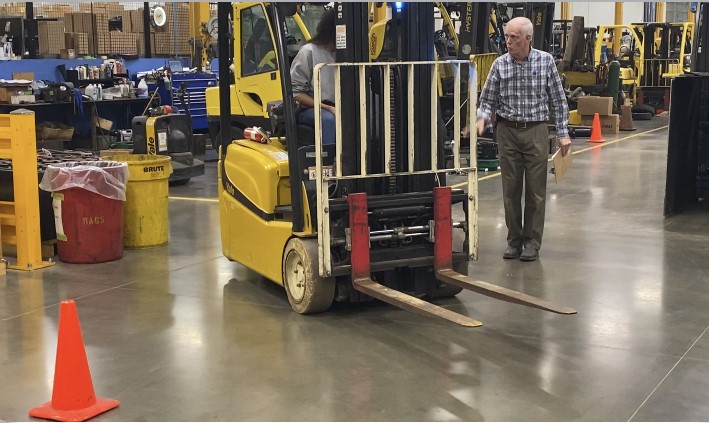
Forklifts are serious industrial tools that, when used safely, improve productivity in warehouses and other industrial settings. To pursue a career as a forklift driver in Ohio, West Virginia or Pennsylvania, you’ll need certain skills and qualifications. Forklift certification courses provide the overviews and assessments necessary for safe, efficient forklift operation. This post will discuss what you need to do to become a certified forklift driver in your region.
Why Forklift Certification Training Is Important
Forklift training every three years is a requirement for any operator in the United States. The Occupational Safety and Health Administration (OSHA) requires that all operators undergo training and evaluation under 29 CFR 1910.178(l)(6). Lift trucks are powerful machines that can lead to accidents if not handled properly, so undergoing training and obtaining a license can reduce the chance of injuries and fatalities. Advantages of certification programs include:
- Workplace safety: Accreditation ensures you know how to use the equipment safely, reducing the risk of accidents and injuries.
- Compliance: Since OSHA mandates all employees be endorsed, noncompliance can lead to penalties for the employer.
- Improved productivity: Certified workers can handle the machine more efficiently, leading to better workflow and fewer operational delays.
- Better job opportunities: For workers, having a credential opens up more employment opportunities because many companies seek licensed individuals.
OSHA Forklift Training Requirements
When it comes to handling fork trucks, OSHA has strict training requirements under OSHA 29 CFR 1910.178, which warehouse owners and workers must adhere to. These requirements include:
- Formal instruction: Formal instruction includes lectures, videos and written material covering lift truck mechanics, load handling and workplace hazards.
- Practical training: This portion encompasses hands-on instruction in the actual vehicle operation under supervision.
- Evaluation: This is an assessment where workers demonstrate their ability to safely use the machine in the workplace.
- Recertification: Operators need to renew their accreditation every three years. Refreshers typically cover updated OSHA regulations and any new safety practices. If an employee is involved in an accident or there is a noticeable drop in functional safety, a refresher course might be required earlier.
Types of Classes Covered by Forklift Certification Training
There are seven forklift classes, and the types of qualifications you need depend on the specific equipment you’ll be operating:
- Class I — Electric motor rider trucks: These tools run on electric motors and are used indoors on smooth surfaces.
- Class II — Electric motor narrow aisle trucks: These are designed to drive in narrow aisles and tight spaces.
- Class III — Electric motor hand trucks or hand rider trucks: Sometimes called pallet jacks, these machines move loads across short distances.
- Class IV — Internal combustion engine trucks (solid/cushion tires): These tools are powered by internal combustion engines and are designed for indoor use or outdoor use on smooth surfaces.
- Class V — Internal combustion engine trucks (pneumatic tires): These are similar to Class IV trucks but have pneumatic tires, which make them easier to use on rough terrain or outdoor areas.
- Class VI — Electric and internal combustion engine tractors: Class VI tractors are used to pull loads rather than lift them.
- Class VII — Rough terrain forklift trucks: These machines are designed to handle rough outdoor environments.
In addition to learning about the required forklift classifications, you’ll train in the following areas and more:
- Vehicle operation
- Steering and handling
- Operating on ramps and slopes
- Operating on different surfaces or in hazardous conditions
- Accommodating weight through load manipulation
How to Get Forklift Certification Training
Forklift certification courses are available in person and online. In-person certification courses offer opportunities for hands-on training and real-time demonstrations. Most in-person courses take place over a day or two. Online courses offer the conveniences of remote learning on your schedule. Here’s the process of becoming a licensed operator:
1. Choose a Training Provider
Seek a reputable instructor in your area or opt for a well-established company whose courses adhere to OSHA standards. OSHA does not endorse specific courses, but it’s the trainer’s or employer’s responsibility to create a program that aligns with the agency’s regulations. Authorized providers often list this compliance on their websites or course descriptions.
2. Complete the Course
Accreditation begins with a theoretical portion that covers essential safety procedures, OSHA regulations and accident prevention. If you took an online course, you should schedule a hands-on program. Both online and in-person hands-on sessions entail practicing driving in a safe and controlled environment.
3. Receive Your License
Once your course is complete, you’ll take a written exam and a practical test to demonstrate your knowledge and skills. If you don’t pass on your first attempt, don’t worry — many programs allow you to retake the test after additional practice. Your trainer will work with you to address any areas of weakness and make sure you’re fully prepared before reattempting.
Upon passing the exam, you’ll receive a certification or card containing your name, the date of your training, the date of your evaluation and the name of the trainer. This credential is usually valid for three years, after which you’ll undergo a refresher course to stay compliant with OSHA regulations. Accreditation is valid for use at any company across the U.S., provided the machine you’ll be using aligns with your education. Some employers may require site-specific instruction to familiarize you with their particular equipment.
For those in leadership roles, you can undergo the “Train the Trainer” program. This specialized instruction is ideal for warehouse managers or supervisors who want to conduct in-house programs. Becoming a licensed trainer allows you to oversee and certify your own employees and reduces the need for external training providers.
Pursue Forklift Certification With Burns Industrial Equipment
All forklift operators must obtain a certificate and renew it every three years, so register for a course in your area. Burns Industrial Equipment offers forklift training at your location or our facilities in western Pennsylvania, Cleveland, Pittsburgh and northwest Ohio. Our in-person training sessions provide the most immersive learning experience so that you’re ready to perform at your best.
Burns also offers Train the Trainer courses for companies that already have a forklift training program available and require the trainer to receive additional training and certification to ensure OSHA compliance requirements. Contact us today to learn more about our education programs and how we can help you meet industry standards.

